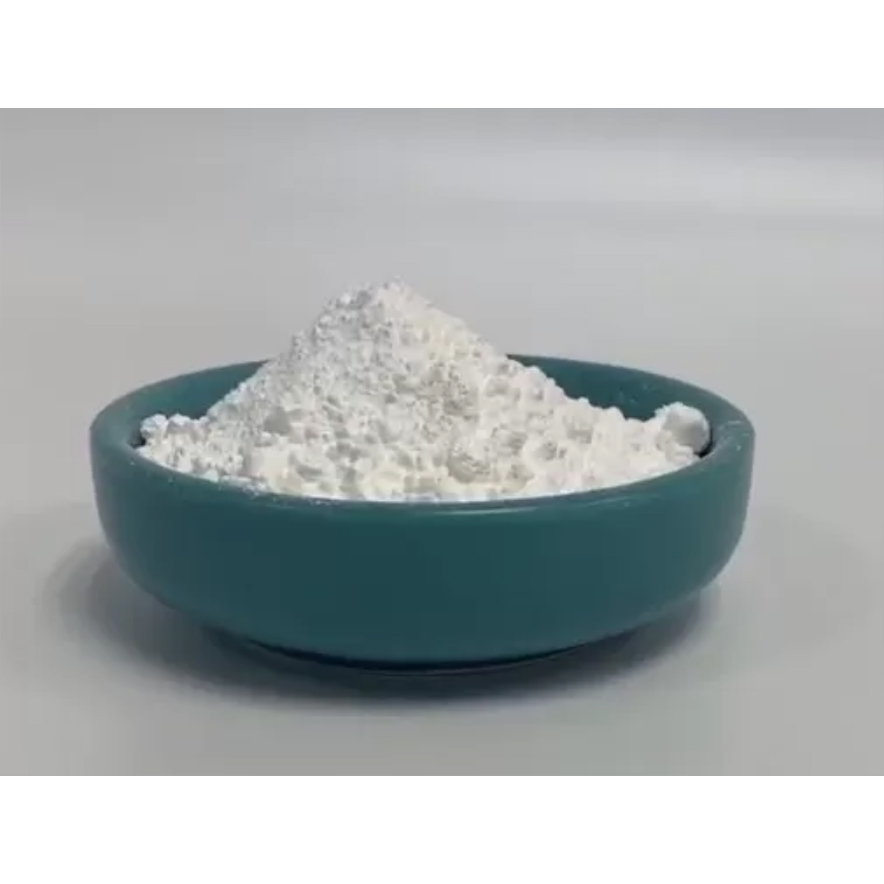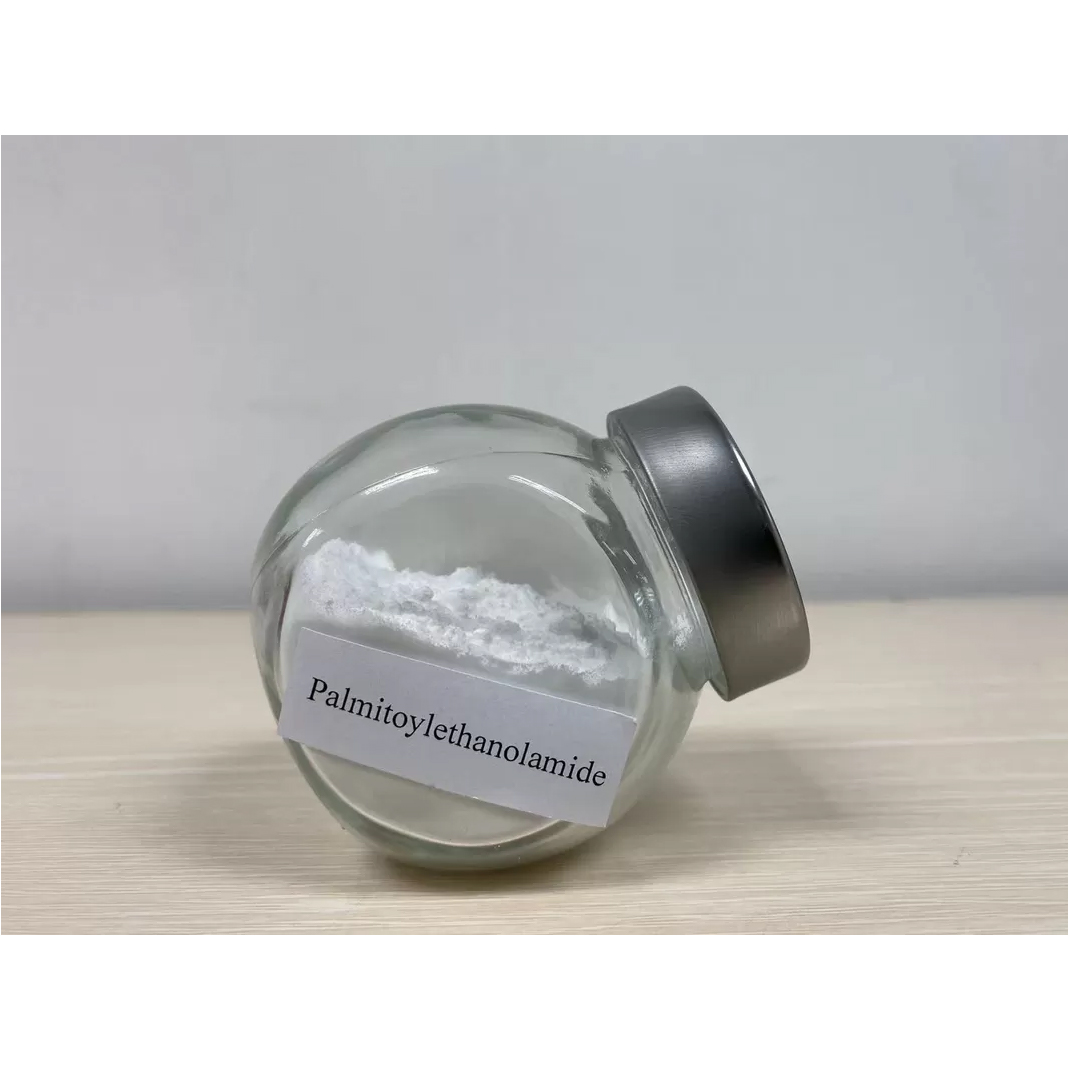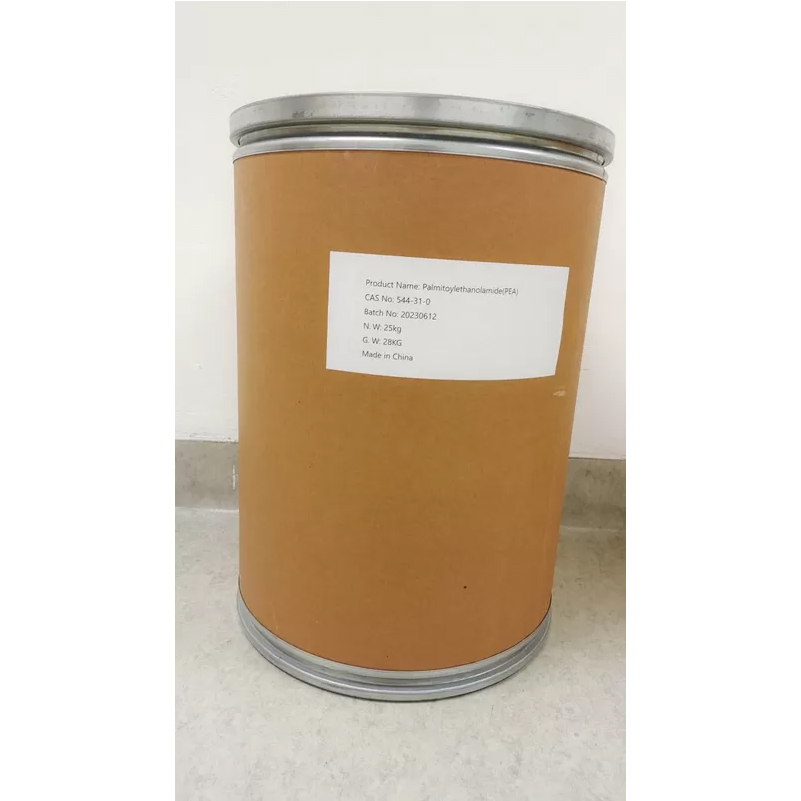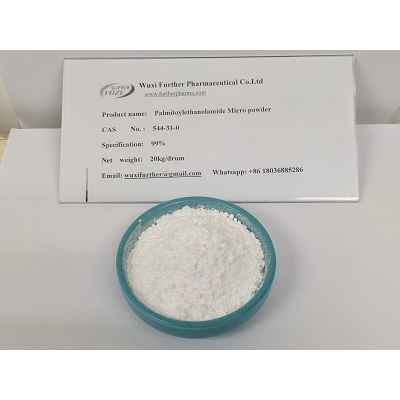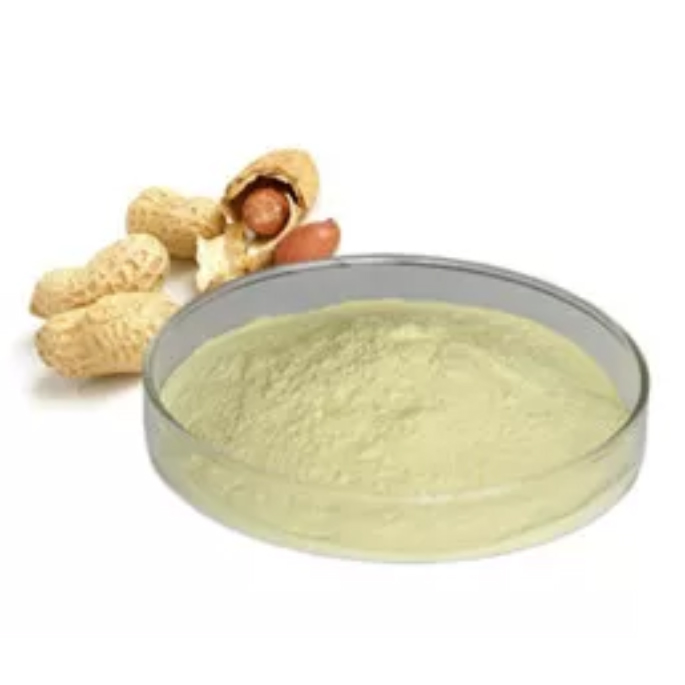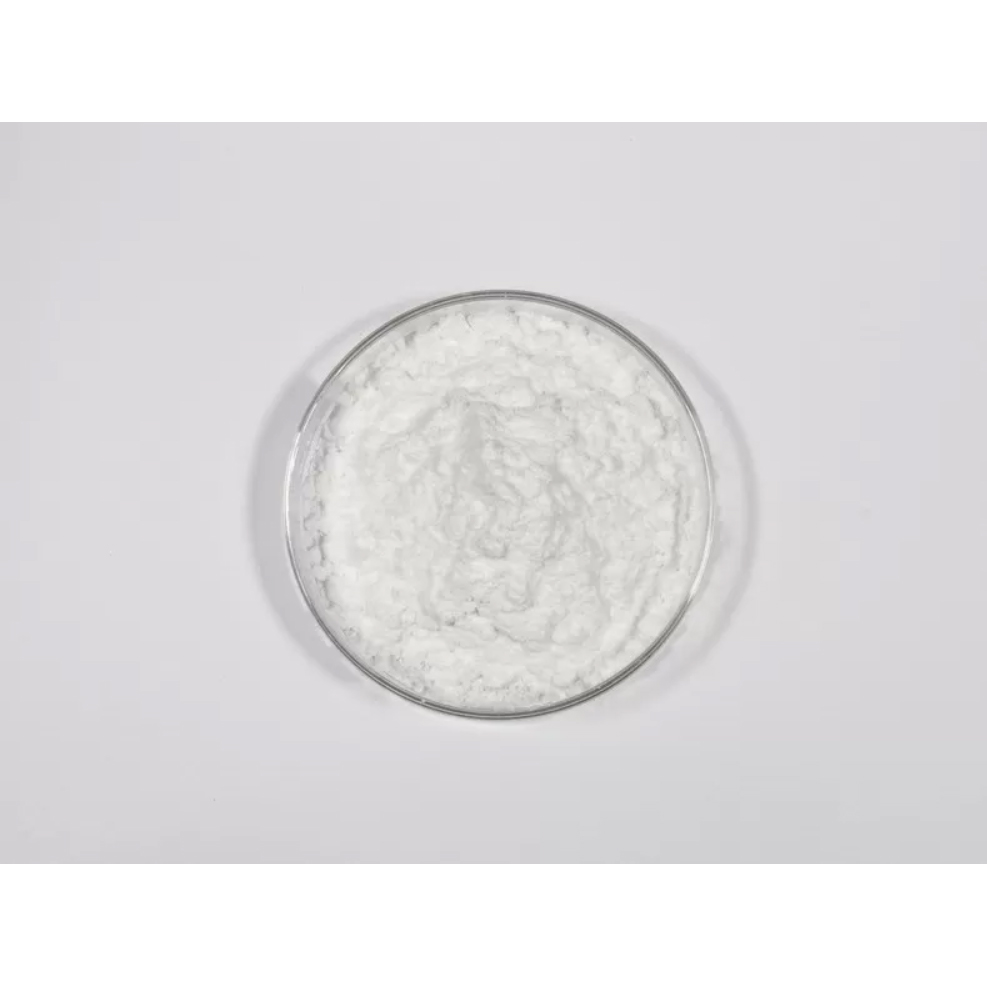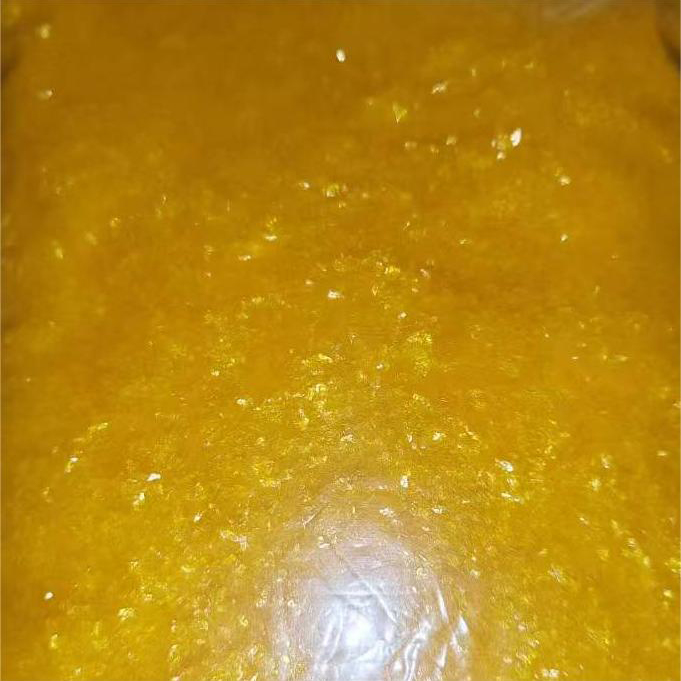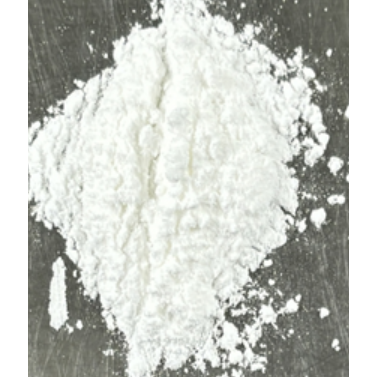Palmitoiletanolamida ultramicronizada en polvo PEA 544-31-0 Reducir el dolor Antiinflamatorio ISO 99
| Lugar de origen | China |
| Marca | Wuxi Más Farmacéutico |
| Certificación | COA ISO |
| Número de modelo | Grado alimenticio |
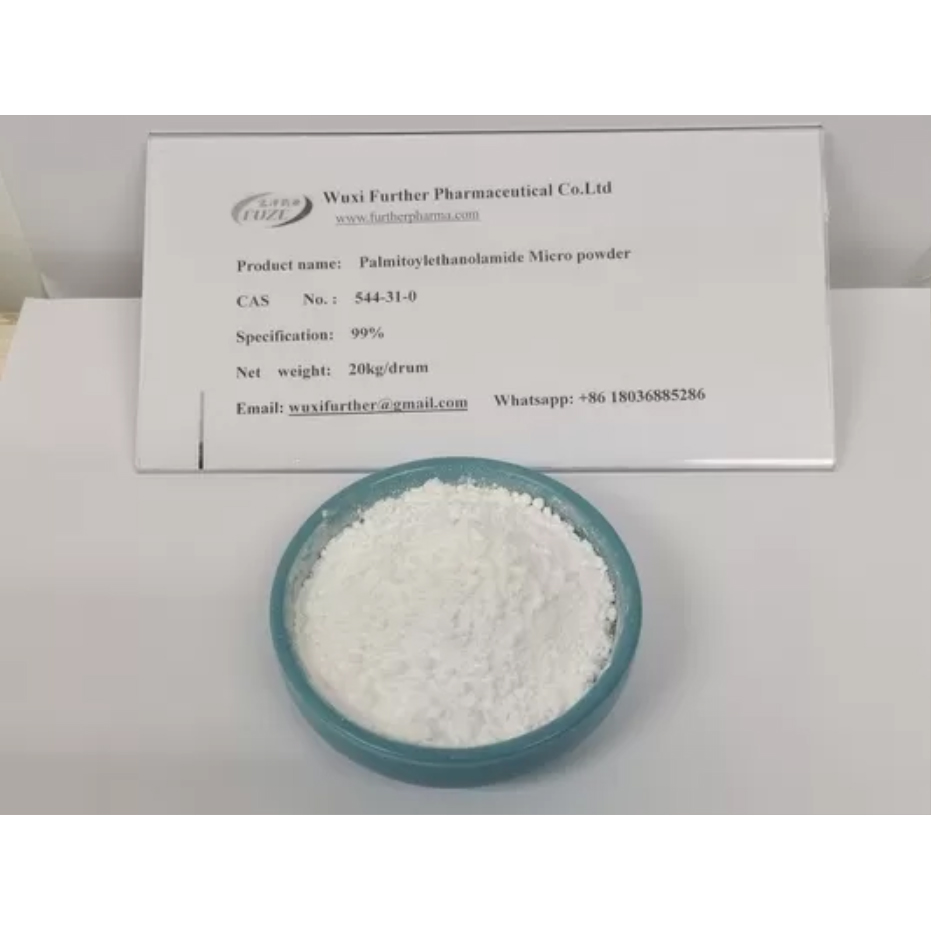
Palmitoiletanolamida ultramicronizada en polvo PEA 544-31-0 Reducir el dolor Antiinflamatorio ISO 99
Forma:polvo
Color:blanco
Pureza:99%
Paquete: tambor de fibra de 25 kg
Deja un mensaje
¡Te llamaremos pronto!
Querida,
Estoy interesado en Palmitoiletanolamida ultramicronizada en polvo PEA 544-31-0 Reducir el dolor Antiinflamatorio ISO 99, podría enviarme más detalles como tipo, tamaño, MOQ, material, etc.
¡Gracias!
Esperando su respuesta.
Destacar:
palmitoiletanolamida Agente de guisante
,544-31-0 Agente de PEA
,Suplemento antiinflamatorio de PEA
Palmitoiletanolamida ultramicronizada en polvo PEA 544-31-0 Reducir el dolor Antiinflamatorio ISO 99% Fabricante de ácidos grasos
Introducción
¿En qué consiste la palmitoiletanolamida?
Conocemos fácilmente la composición química de la palmitoiletanolamida dividiendo esta palabra. En términos generales, usamos su abreviatura PEA, que es la primera letra Palmitoil + etanol + amida.
Where does Palmitoylethanolamide come from?
Palmitoylethanolamide(PEA) is made from fat. It is found naturally in foods such as eggyolks and peanuts, and in the human body. PEA can bind to cells in the body and reduce pain and swelling.
Why we need to use PEA ?
With the change of dietary structure, excess intake of ultra-processed food, environmental and industrial pollutants, many people suffer from disorders, chronic pain, gastrointestinal disorders, various dieases. Palmitoylethanolamide(PEA), as a dietary supplement, plays an significant effect for human's health. It can relieve pain, improve immune system, enhance brain health, help exercise recovery and have the effect of anti-inflammation.
Dosing
PEA has most often been used by adults in doses of 300-1200mg by mouth daily for 2-12 weeks. In children, it's most often been used in doses of 600mg by mouth daily for up to 3 months. PEA is also used in creams, lotions, and eye drops.
When taken by mouth: PEA is possibly safe when used for up to 3 months. It's usually well tolerated but might cause nausea in some people. There isn't enough reliable information to know if PEA is safe to use for longer than 3 months.
When applied to the skin: PEA is possibly safe when used for up to 28 days.
Pregnancy and breast-feeding: There isn't enough reliable information to know if PEA is safe to us when pregnant or breasting feeding. Stay on the safe side and avoid use.
Children: Taking PEA by mouth for up to 3 months is possibly safe for children aged 4-17 years.
Basic parameters:
| Synonyms | PALMITOYLETHANOLAMIDE N-(2-HYDROXYETHYL)HEXADECANAMIDE |
| Melting point | 97-98℃ |
| Solubility | Soluble in DMSO (up to 25 mg/ml) or in Ethanol (up to 25 mg/ml). |
| Stablity | Stable for 2 years from date of purchase as supplied. |
| MF | C18H37NO2 |
| MW | 299.49 |
| Product category | Dietary supplement, Pharmaceutical intermediate |
Chemical Properties

Preparation Products:
N-Dodecanoylglycine
Chemical Properties:
Palmitoylethanolamide (PEA) is a fine white powder. PEA consists of palmitic acid and ethanolamine. It is the hydrolyzed form of N-(2-hydroxyethyl)-palmitamide, a crystalline structure isolated in soy lecithin. It is this hydrolyzed substance that accounts for the anti-inflammatory properties that were first noted by scientists in 1957. PEA's effects on the immune system have been studied since 1939.
Biological Functions:
Palmitoylethanolamide (PEA) is a fatty acid amide molecule involved in a variety of cellular functions in chronic pain and inflammation. It has been shown to have neuroprotective, anti-inflammatory, anti-nociceptive (antipain) and anti-convulsant properties. Often in people with chronic disorders, the body does not produce enough PEA, which causes problems.
Taking PEA to supplement the body’s shortage is may be beneficial if you have chronic and neuropathic pain and inflammation, as has been demonstrated in clinical trials. These include peripheral neuropathies such as diabetic neuropathy, chemotherapy-induced peripheral neuropathy, carpal tunnel syndrome, sciatic pain, osteoarthritis, low-back pain, failed back surgery syndrome, dental pains, neuropathic pain in stroke and multiple sclerosis, chronic regional pain syndrome, chronic pelvic pain, postherpetic neuralgia, and vaginal pains.
Biological Activity:
Palmitoylethanolamide (PEA) is a natural fatty acid amide of ethanolamine and palmitic acid. It is found in soybeans, egg yolk, and many other food sources. PEA is an endogenous cannabinoid receptor agonist. It is a peroxisome proliferator-activated receptor α (PPAR-α) ligand. PEA possesses anti-inflammatory, anti-allergic, neuroprotective, and analgesic activities. It belongs to the class of lipid mediators and the N-acylethanolamine family. PEA blocks the release of pro-inflammatory mediators from activated mast cells and prevents the recruitment of activated mast cells at the site of nerve injury.
Side effects:
There are no known problematic side-effects. PEA can be taken together with any other substance. It enhances the pain-relieving effect of classic analgesics and anti-inflammatories.
Palmitoylethanolamide can be used in combination with other substances without any side effects.
Uses:
Palmitoylethanolamide is a natural substance produced by the body and it is very effective and safe to use as a supplement for pain and reduce inflammation.

PEA can be synthesized within the human body from the abundant fatty acid palmitic acid, but it is not dependent or influenced by dietary consumption of fatty acids. Palmitic acid in the diet is derived from dairy products such as cheese and butter, palm tree oil, and animal meat products. However, increasing palmitic acid in the hope of increasing endogenous PEA synthesis will not be effective.
The anti-inflammatory properties of PEA are due to its ability to inhibit inflammation-causing proteins called cytokines. Cytokines are released during periods of inflammation. PEA can suppress the secretion of tumor necrosis factor alpha (TNF alpha), a cytokine, while also inhibiting the release of interleukins. Interleukins are a specific class of cytokines which belong in the immunological system and are activated during the process of inflammation.
PEA'S Package
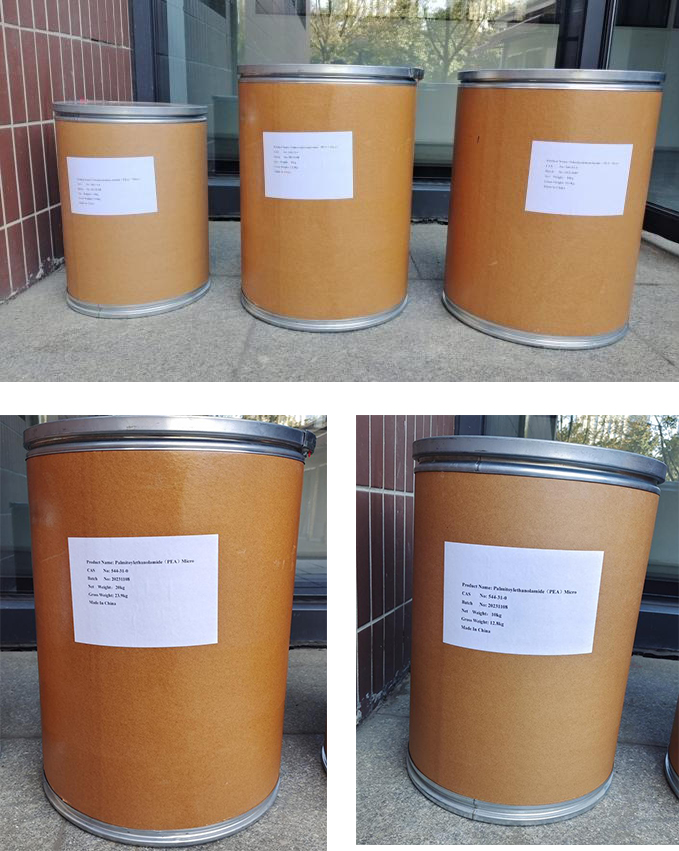
FAQ:
1. What's the MOQ for Palmitoylethanolamide?
It depends on the demand of customers, we accept order for any quantity.
2.How to store Palmitoylethanolmide?
General speaking, when you buy Palmitoylethanolamide, it'll store in warehouse at room temperature, keep dry and shady place.
3.What's package of Palmitoylethanolamide and Palmitoylethanolamide micro?
We use fiber drum to pack product. Regular Palmitoylethanolamide package is 25kg/ fiber drum, while Palmitoylethanolamide micro
package is 20kg/ fiber drum.
4. Whether we can offer Palmitoylethanoalamide sample?
Yes, we can offer our customers sample according to your demand.
Please Enter Your Information
Recommended Products


